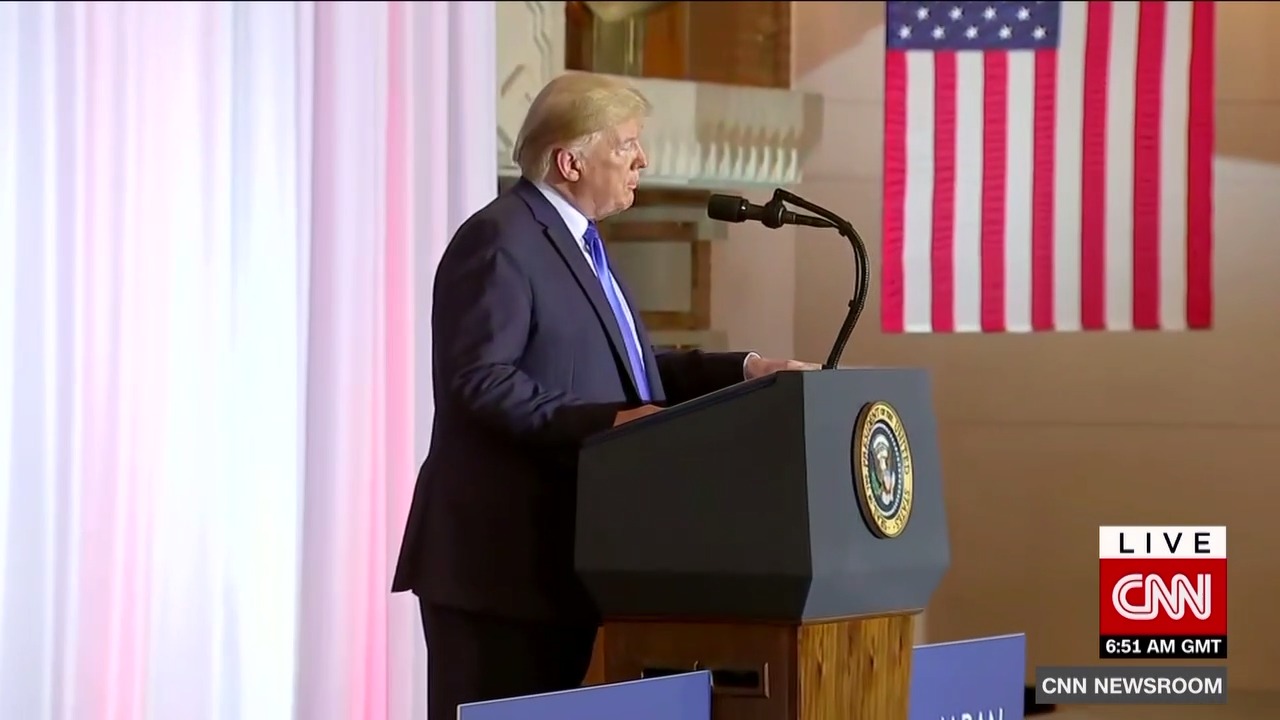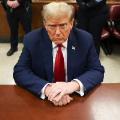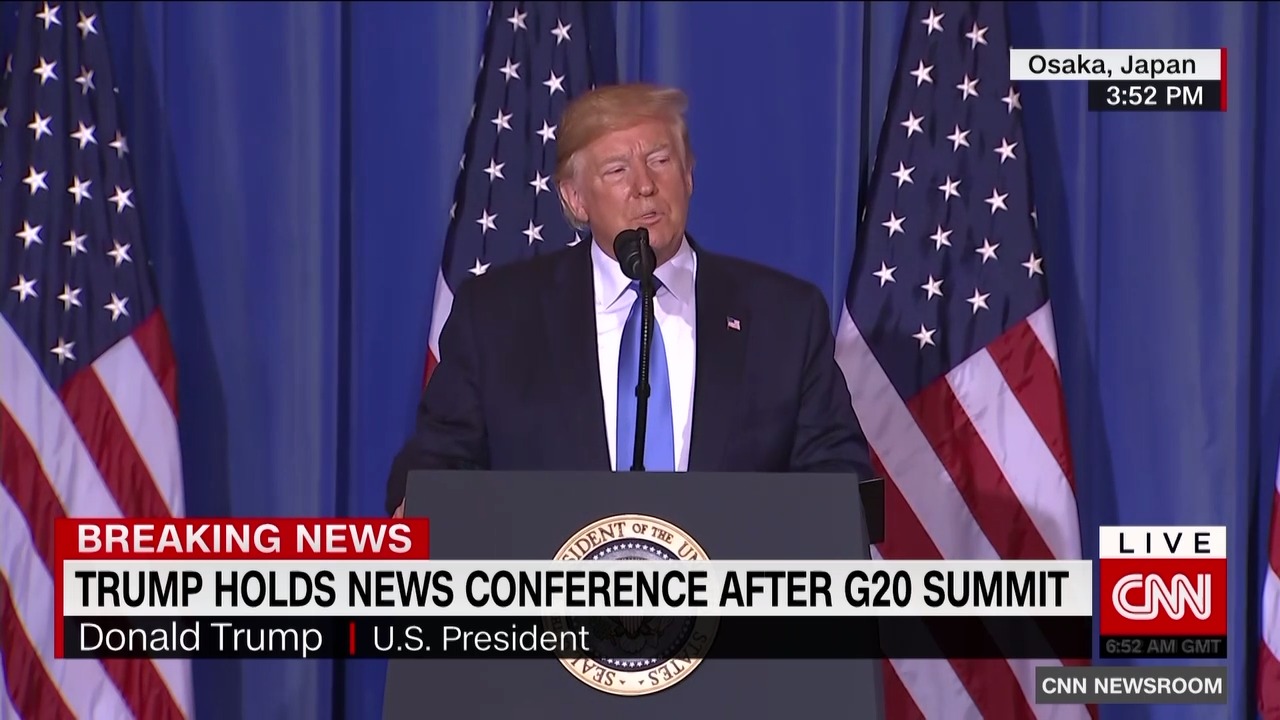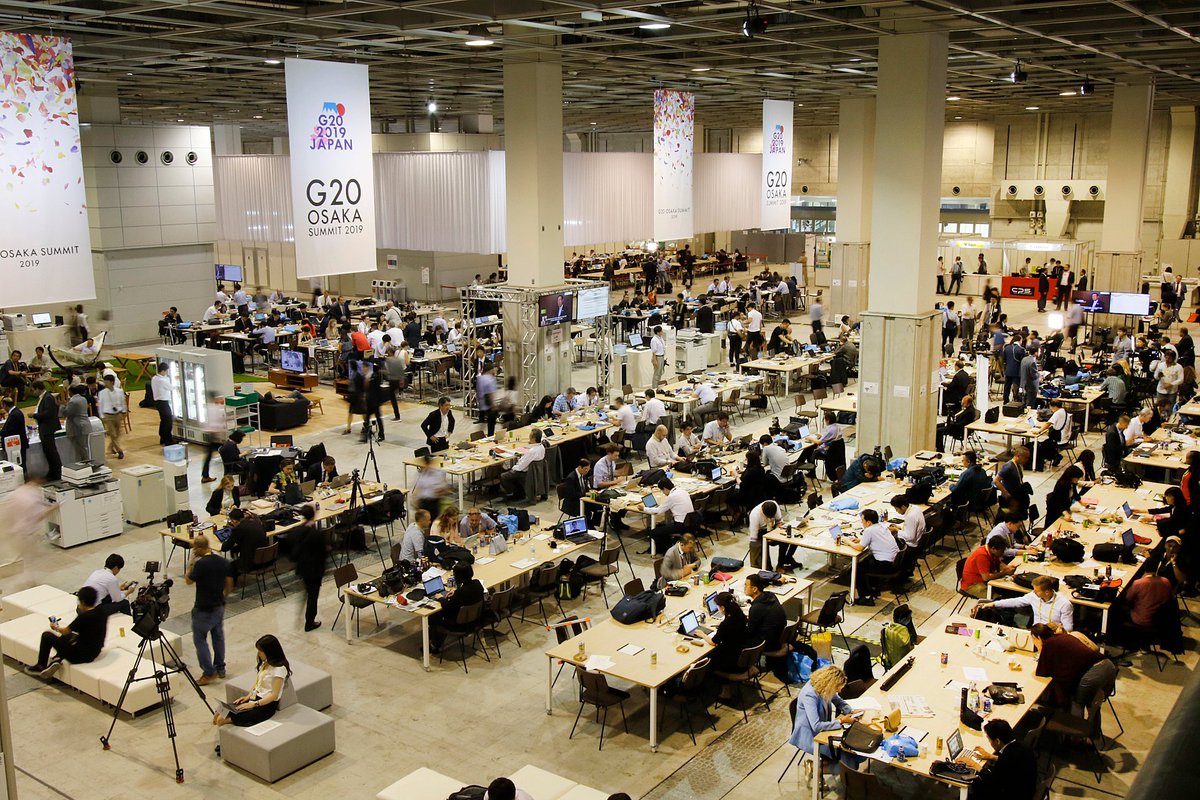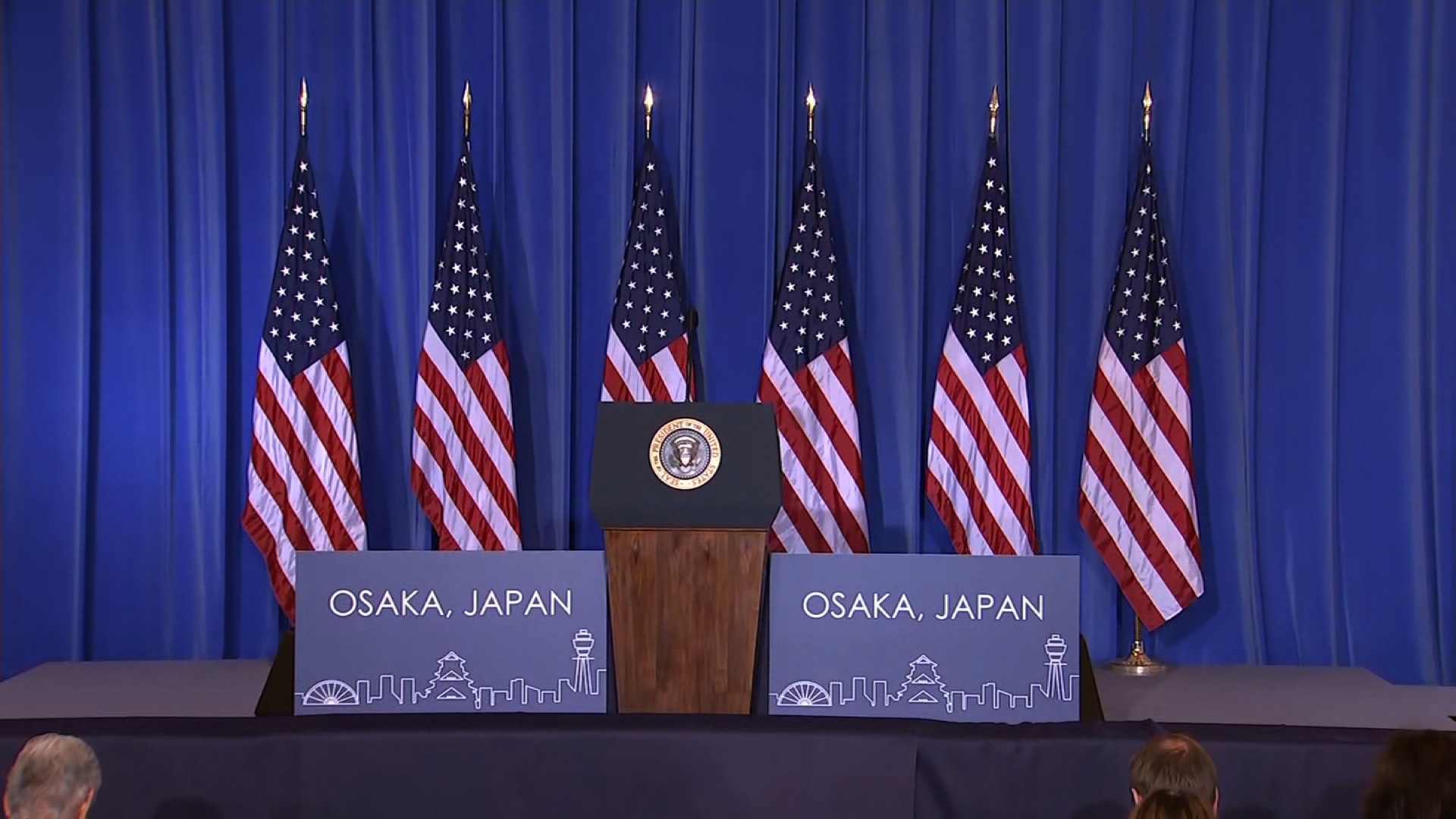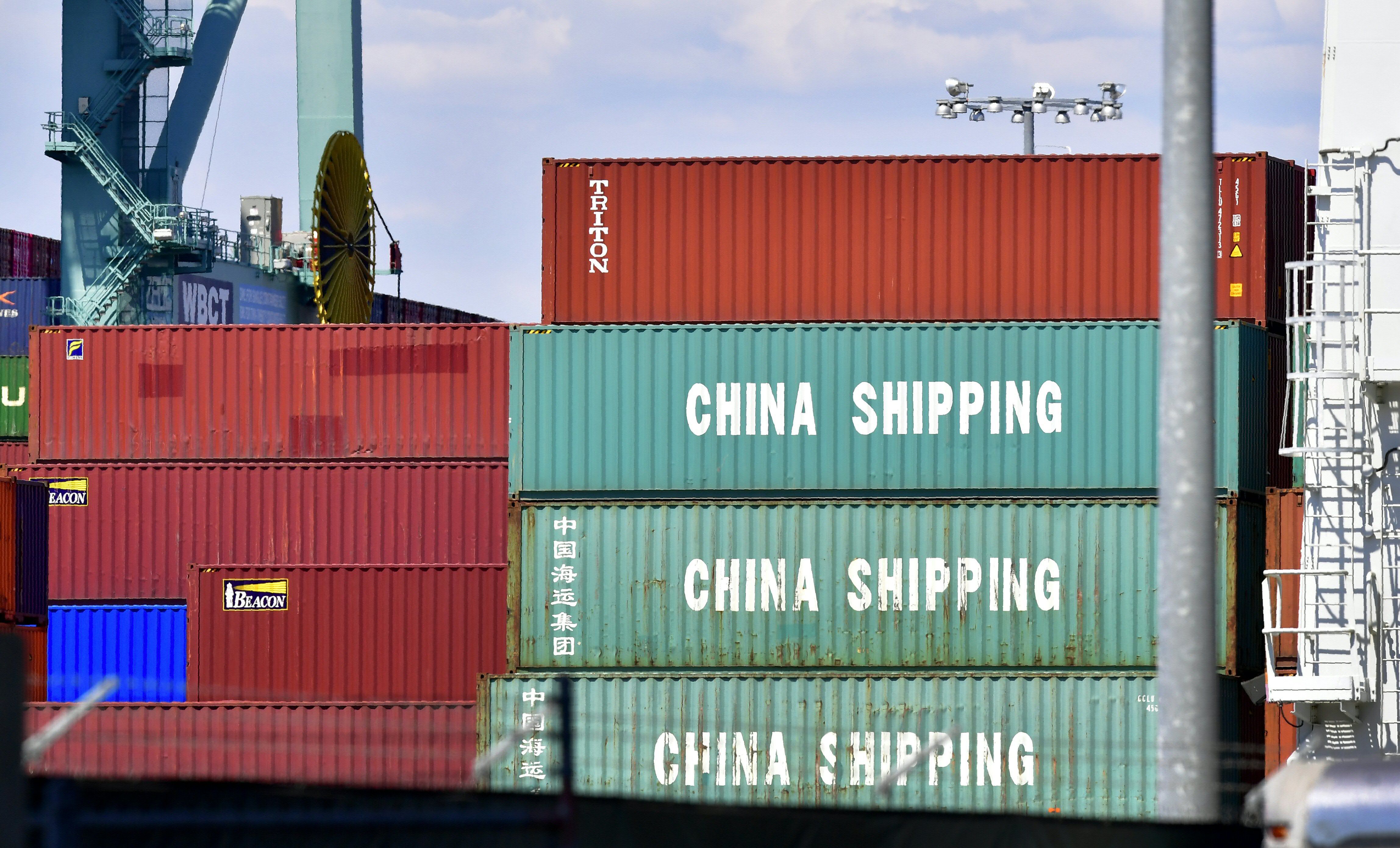In launching his trade war, US President Donald Trump hoped to force China to further open its market to US exports, stop the forced sharing of intellectual property with China, and rewrite trade deals he said have unfairly benefited Beijing.
To do so, he has launched an all out assault against the Chinese economy, massively ramping up tariffs on a large variety of goods and industries. In response, China has imposed its own tariffs, hitting in particular US farmers.
Trump's strategy: Trump is banking on the fact that, as the US is the net buyer and China is the net seller in their trade relationship, Beijing will blink before Washington.
The Chinese economy is also fundamentally more vulnerable than that of the US, and Chinese President Xi Jinping faces a host of political pressures that make a prolonged trade war difficult.
A mercurial dealmaker: Trump has shown himself willing to walk away from deals when they don't go his direction -- storming out of his second meeting with North Korean leader Kim Jong Un in Hanoi, derailing months of rapprochement between the two nuclear powers.
And though it remains somewhat unclear as to the outcome of today's meeting, Trump has indicated talks are "right back on track," suggesting he is at least satisfied with certain key aspects.
